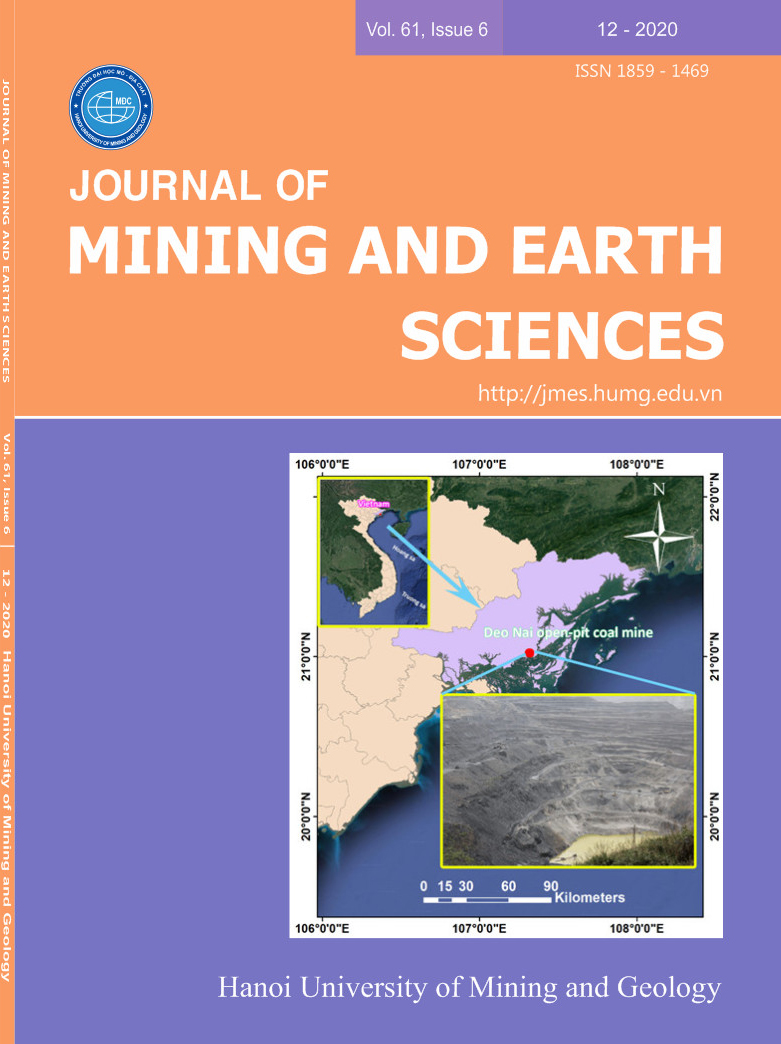Application of the k - nearest neighbors algorithm for predicting blast - induced ground vibration in open - pit coal mines: a case study
Tóm tắt
Blasting is considered as one of the most effective methods for rock fragmentation in open - pit mines. However, its side effects are significant, especially blast - induced ground vibration. Therefore, this study aims to develop and apply artificial intelligence in predicting blast - induced ground vibration in open - pit mines. Indeed, the k - nearest neighbors (KNN) algorithm was taken into account and developed for predicting blast - induced ground vibration at the Deo Nai open - pit coal mine (Vietnam) as a case study. An empirical model (i.e., USBM) was also developed to compare with the developed KNN model aiming to highlight the advantage of the KNN model. Accordingly, 194 blasting events were collected and analyzed for this aim. This database was then divided into two parts, 80% for training and 20% for testing. The MinMax scale and 10 - fold cross - validation techniques were applied to improve the accuracy, as well as avoid overfitting of the KNN model. Root - mean - squared error (RMSE) and determination coefficient (R2) were used as the performance metrics for models’ evaluation and comparison purposes. The results indicated that the KNN model yielded better superior performance than those of the USBM empirical model with an RMSE of 1.157 and R2 of 0.967. In contrast, the USBM model only provided a weak performance with an RMSE of 4.205 and R2 of 0.416. With the obtained results, the KNN can be introduced as a potential artificial intelligence model for predicting and controlling blast - induced ground vibration in practical engineering, especially at the Deo Nai open - pit coal mine

